Exercising in the heat: How to stay safe
When hot weather hits it can be a challenge to exercise in the heat. We've got advice from the experts to help you keep active safely.

When hot weather hits it can be a challenge to exercise in the heat. We've got advice from the experts to help you keep active safely.

It's true that pleasantly warm days make the thought of keeping fit outdoors much more appealing - but on hotter days, or if you're doing very strenuous exercise, it can start to feel more difficult.
As you get older, you become less heat tolerant, and your body is not able to cool itself as efficiently. This means heat exhaustion and heatstroke can become a danger. But getting some daily exercise is essential for your mental and physical health, so we’ve spoken with experts to give you the best advice for exercising in the heat.
Whether you’re looking to head out for a walk, a jog or dip your toes into the water for a wild swim, we’ll help you stay fit, safe and well in hot weather.
Age-related changes in your body mean you can’t regulate your body temperature as efficiently as you used to when younger. Our bodies get rid of excess heat by drawing it to the skin, which produces sweat. This sweat then evaporates and cools the surface of the skin, but multiple studies have shown that as you get older, your body is less effective at producing it.
This means it’s harder to keep yourself cool as your body holds on to more heat. But that doesn’t mean it’s unsafe to exercise when it’s hot - especially if you’re used to working out in the heat.
Dr Tamsin Lewis, who specialises in neuroscience and the biology of ageing, says: "With exercising in the heat, it depends on how fit you are and how heat-acclimatised. If you’re unfit or have any pre-existing conditions (for example, you have a history of cardiovascular disease, diabetes, or any chronic illness) then it must be done gently.”
This means precautionary measures should be taken on hot days, but if you’re prepared, there’s no reason why you shouldn’t carry on with your usual routine.
There’s no definitive guide to when it’s too hot to exercise, but guidance from the US National Weather Service says:
It classes exercising in temperatures even higher than this as "dangerous", but fortunately, we don't experience such high temperatures in the UK.
Lewis says: “In terms of when it’s ‘too hot to exercise’, it depends on how you feel. But only very fit athletes who are used to the heat could exercise at 35°C or more, for example.”
The humidity will also affect how hot it feels, so if you know the humidity (most weather forecasts will tell you this), this heat index chart is a useful guide to how likely you are to experience health risks from strenuous exercise at different temperatures and humidity levels.
You should avoid working out in the hottest part of the day, if possible, says physical therapist Dr Thomas Olesko.
“Beat the heat by planning your outdoor activities during cooler hours, such as early mornings or late evenings. Not only will you avoid the midday sun, but you'll also experience more comfortable temperatures for your workout sessions.”
Think about when you could plan some exercise in your day. Perhaps you could walk somewhere in the evening instead of using the car. Or wake up a bit earlier to do your workout before it gets too hot and humid.
Remember to take it easier than in the cooler months. Exercise in the heat if you feel well enough to, but don’t overdo it.
Hydration is key during warmer months, Olesko emphasises.
"Remember to drink plenty of water before, during and after your workouts to prevent dehydration. Carry a reusable water bottle and take regular sips to keep your body hydrated.”
As you age, your body is at an increased risk of dehydration when exercising in warm environments due to a reduced sensation of thirst. You’ll also need to replace lost electrolytes through sweat when exercising in the heat as they’re essential for your nerves and muscles.
You can buy tablets with electrolytes in that you drop into water. You can either sip on the drink during your workout, or drink after to replenish your stores.
We've got expert advice on how to stay hydrated when exercising.

It’s common to see advice that tells you to wear light-coloured clothing in the summer to reflect the heat, but does it really make a difference?
The theory was tested in 1980 to answer the question: “Why do Bedouins wear black robes in hot deserts?” The researchers concluded (after making someone stand in the desert in a black robe) that it didn’t make a difference if the person was wearing black or a white, as any additional heat gained was lost by the time it got to the skin.
However, it was noted that the robes were loose-fitting to allow air flow. Olesko confirms you’ll benefit from choosing breathable fabrics that allow ventilation.
“Opt for moisture-wicking materials that help to keep you cool and draw sweat away from your skin, while also protecting you from harmful UV rays.”
An important consideration when it comes to clothing is whether it offers ultraviolet (UV) protection. Keeping your skin covered from UV light can prevent sun damage that could lead to skin cancer.
Did you know that standard clothing doesn't necessarily keep out UV light? There’s little data available, but evidence shows that using a combination of UV clothing and suncream to cover your body can help to protect you from UV rays. You can buy clothing graded with an ultraviolet protection factor (UPF) from outdoors shops.
The Skin Cancer Foundation says that a UPF of 30-49 offers very good protection, while UPF 50+ rates as excellent. If you're wondering about standard clothing, then generally speaking, dark or bright colours, more densely woven fabrics, and looser fabric will keep out more UV rays.
One rule of thumb is to hold it up to the light - if you can see through it, UV radiation can get through the fabric and reach your skin. And obviously, the more of your skin is covered, the more you'll be protected from UV rays.
Ensure you protect your head with a sun hat or cap when exercising in the heat, and don’t forget about your eyes.
Dispensing optician Khuram Sarwar says: “Wearing sunglasses when it’s sunny outside is extremely important to protect your eyes from the sun. Always check that your sunglasses offer at least 99% UV protection and are marked with a UKCA and/or CE marking, which is required to meet the expected safety regulations.”
Sunglasses with darker lenses offer the most protection, he adds, while wrap-around frames offer full coverage of your eyes from angles around the lenses.
“For extra protection, consider a pair of polarised sunglasses, which protect against glare and halos from reflected rays. This can be extra useful if you’re by the beach, where reflected rays can be strong near the water,” Sarwar says.
There are three types of UV rays: UVA, UVB and UVC. The longest wavelength rays are UVA, which penetrate deep into the skin and contribute to skin ageing.
Overexposure to UVB rays causes swelling, pain and sunburn; UVC rays are the shortest and absorbed by the ozone layer and atmosphere.
To keep your skin protected, it’s important to wear suncream with a high sun protection factor (SPF). “SPF of 30 or more is recommended for all adults,” says dermatologist Dr Fayne Frey, to protect against skin damage and skin cancer when exercising in the heat.
Skin cancer is extremely common in older fair-skinned people, as the years of sun exposure mount up, adds dermatologist Dr Natalia Spierings. Virtually all skin cancers are believed to be associated with sun exposure, including the UV rays from sunbeds or ‘tanning’ beds, she explains.
She adds: “Not all skin cancers look like moles, so any new lump or bump on the skin including on your face should be looked at by a doctor to ensure it’s not a cancerous growth.”

If you don’t want to exercise in the heat, take the opportunity to try something new. Look for a different gym class to try (preferably one held in an air-conditioned room).
Or you could try an aquatic workout. “Swimming and water aerobics provide low-impact options that help to beat the heat while working out,” says Olesko.
“These activities are not only refreshing but gentle on the joints.” Swimming is a great way to exercise in the heat and it has lots of benefits, including relieving stress and reducing your risk of chronic illness.
Plus, being in a cool pool can help you lower your body temperature if you’re feeling hot.
If you exercise in the heat, it’s important to know the signs of heat exhaustion and when it’s time to stop. The signs of heat exhaustion, according to the NHS, include:
Heat exhaustion does not usually require emergency medical help if you can cool down within 30 minutes. If it turns into heatstroke, it needs to be treated as an emergency.
They should start to cool down and feel better within 30 minutes. If you’re unsure, call 111 and ask for advice.
Tell yourself before exercising that if you’re feeling it’s too much at any point, you’ll stop. Don’t push yourself. The most important thing is to stay safe and well while being active in the heat.
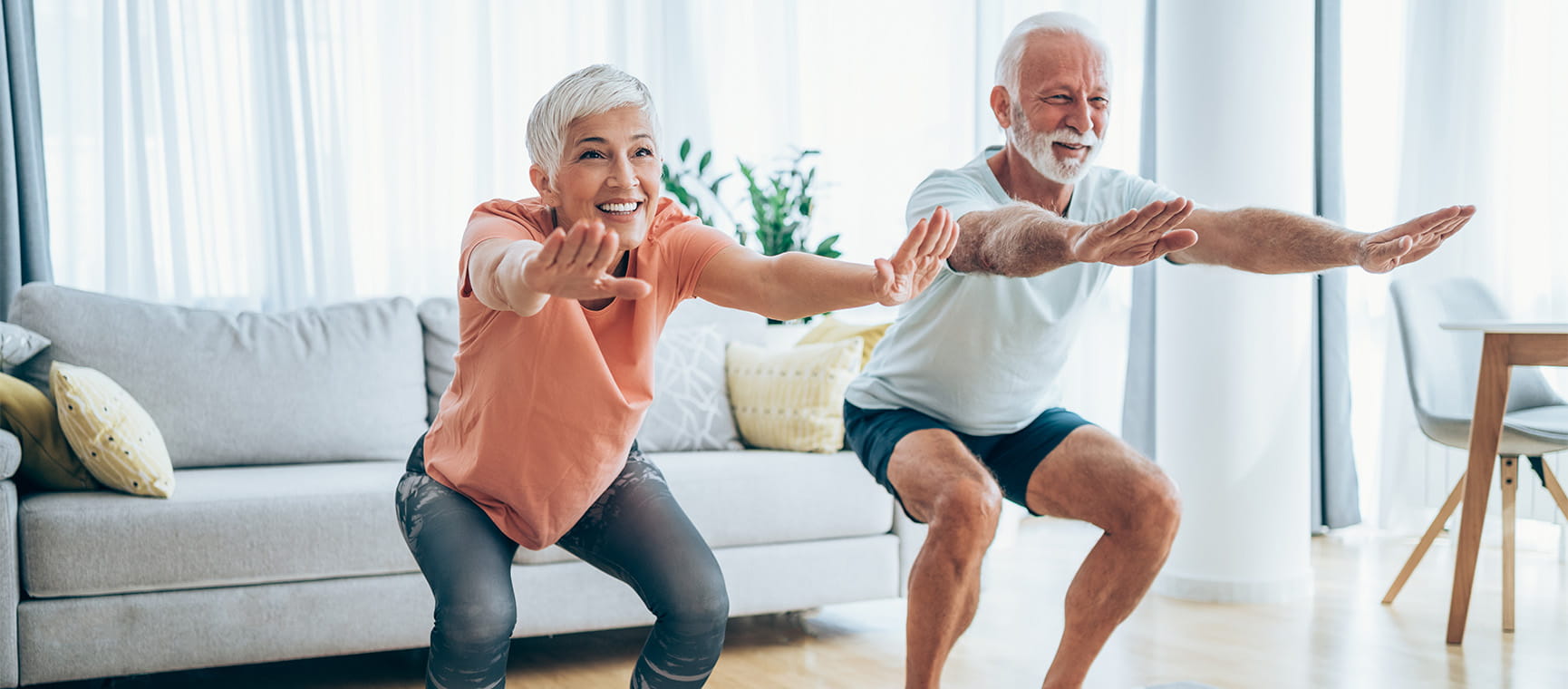
Personal trainer Louise Arnold reveals the expert exercise tips to support longevity.
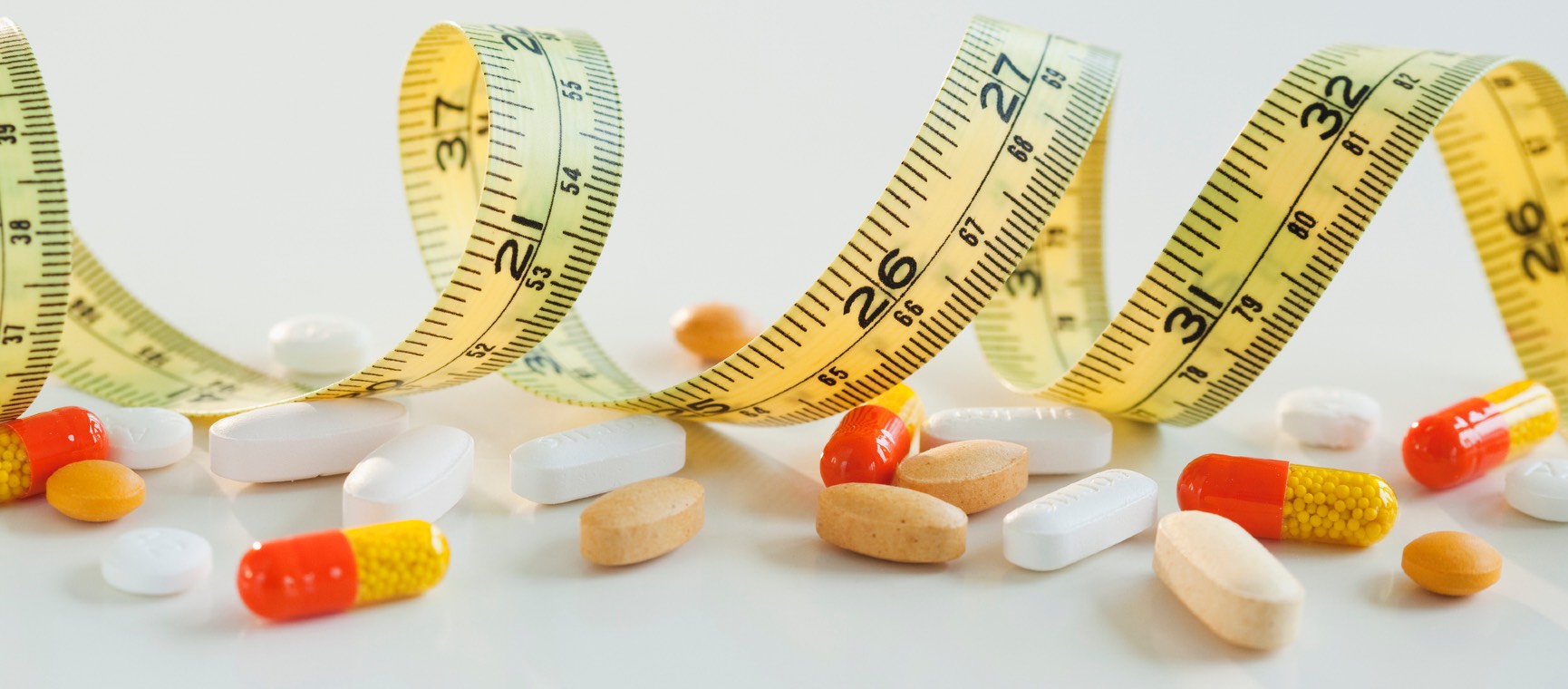
As the cost of weight-loss injections rise, what are the alternatives? Experts offer advice on the best and safest ways to shed pounds.

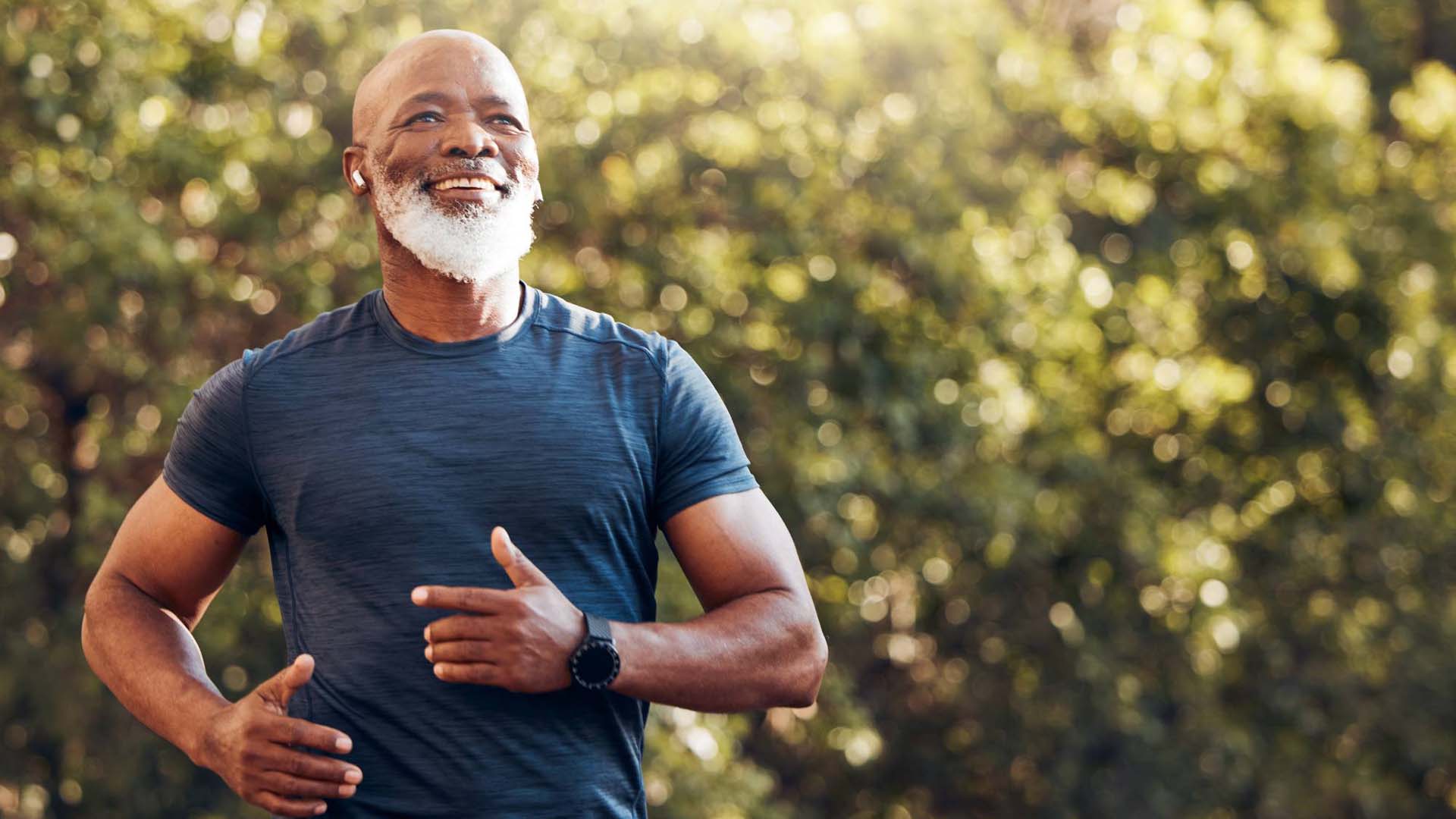

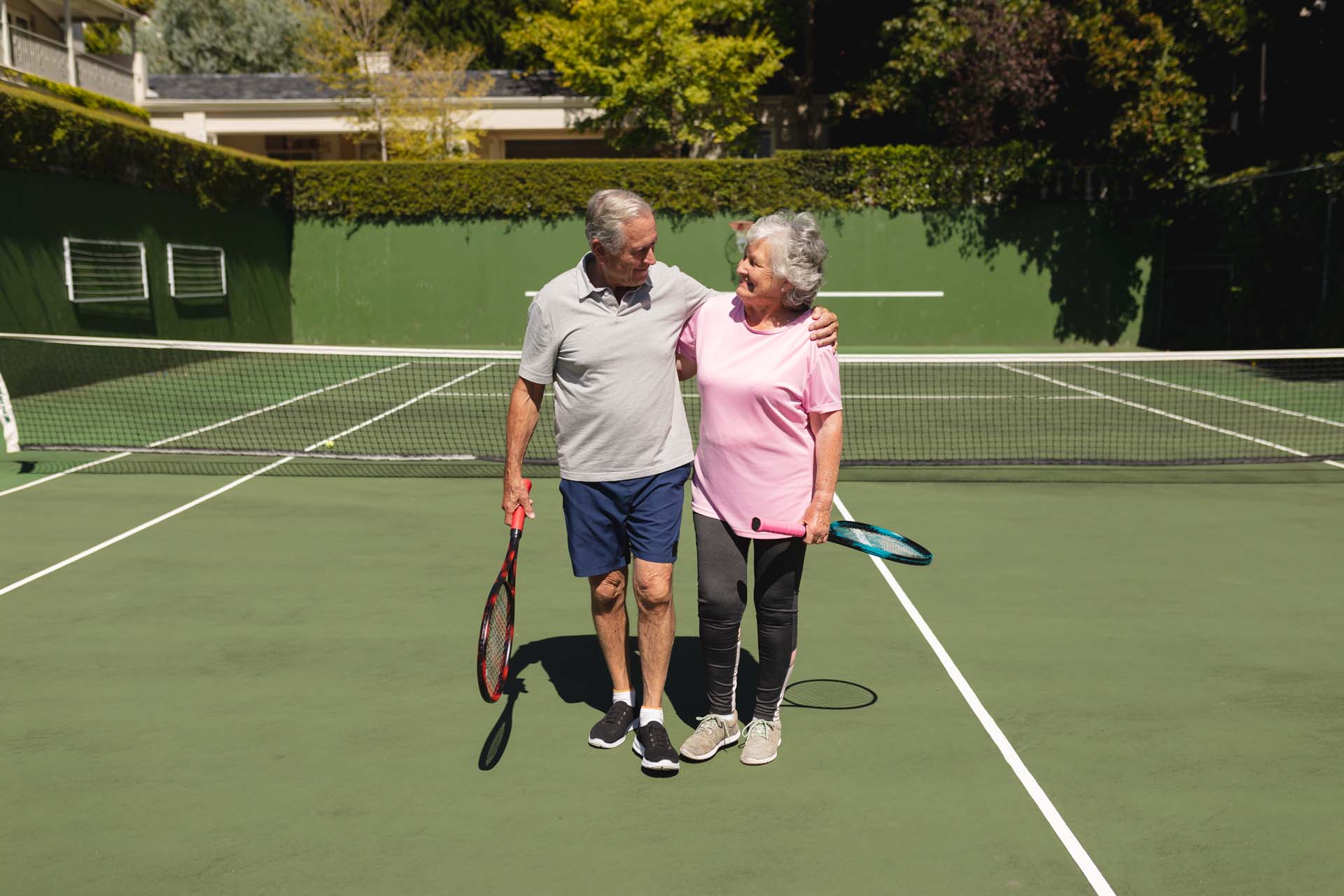

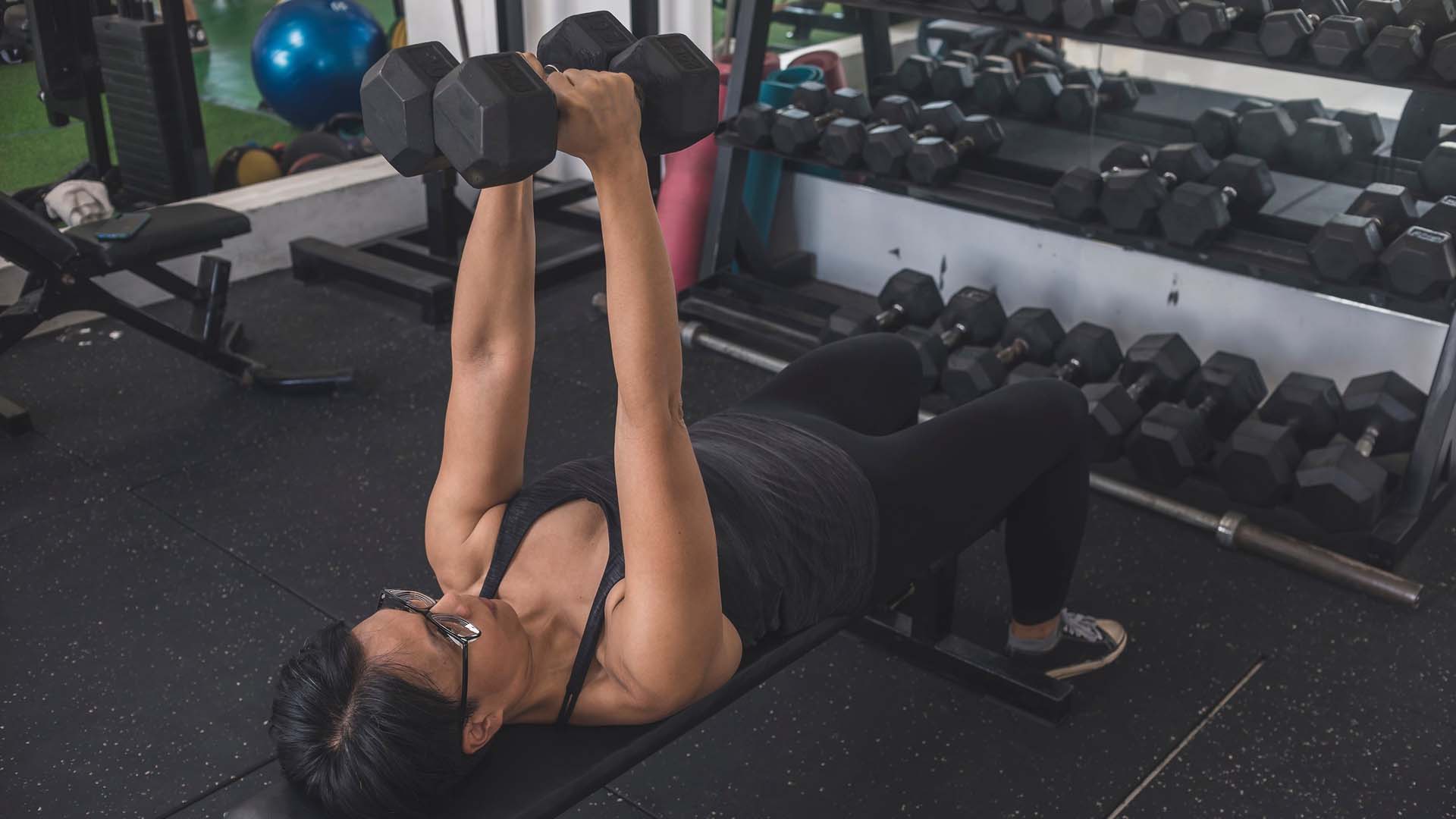


Your questions answered about what really is a good 5k time.
